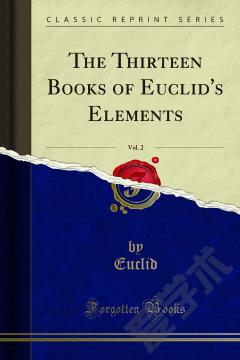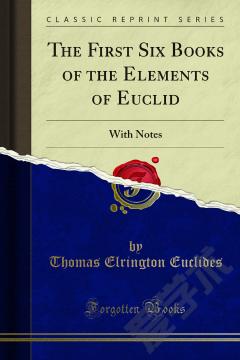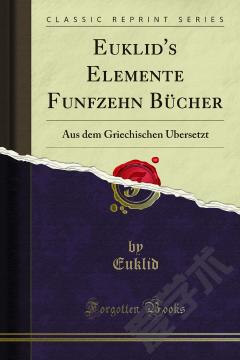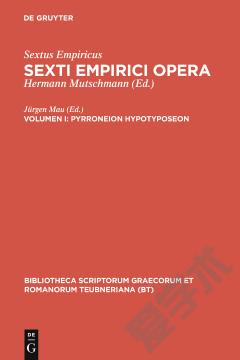The Thirteen Books of Euclid's Elements
Many editors have held that this should not have been included among definitions. Some, e.g. Tartaglia, would call it a postulate; others, e.g. Borelli and Playfair, would call it an axiom; others again, as Billingsley and Clavius, while admitting it as a definition, add explanations based on the mode of constructing a circle; Simson and Pfleiderer hold that it is a t/zeorem. I think however that Euclid would have maintained that it is a definition in the proper sense of the term and certainly it satisfies Aristotle's requirement that a definitional statement (optonxbs Aéyos) should not only state the fact (76 511) but should indicate the cause as well (de anima 11. 2, 413 a The equality of circles with equal radii can of course be proved by superposition, but, as we have seen, Euclid avoided this method wherever he could, and there is nothing technically wrong in saying By equal circles I mean circles with equal radii. No flaw is thereby introduced into the system of the Elements; for the definition could only be objected to if it could be proved that the equality predicated of the two circles in the definition was not the same thing as the equality predicated of other equal figures in the Elements on the basis of the congruence-axiom, and, needless to say, this cannot be proved because it is not true. The existence of equal circles (in the sense of the definition) follows from the existence of equal straight lines and 1. Post. 3.
{{comment.content}}








 京公网安备 11010802027623号
京公网安备 11010802027623号